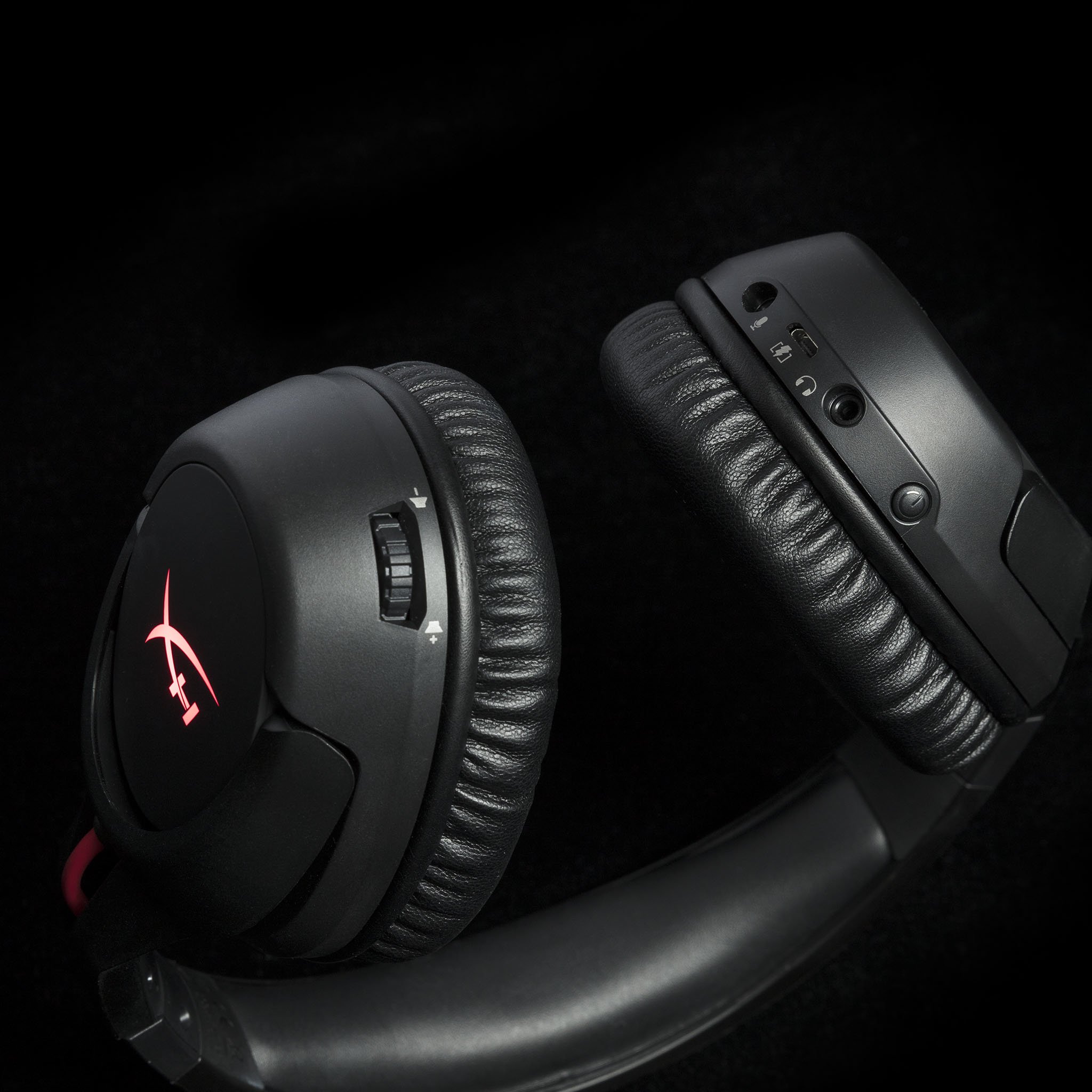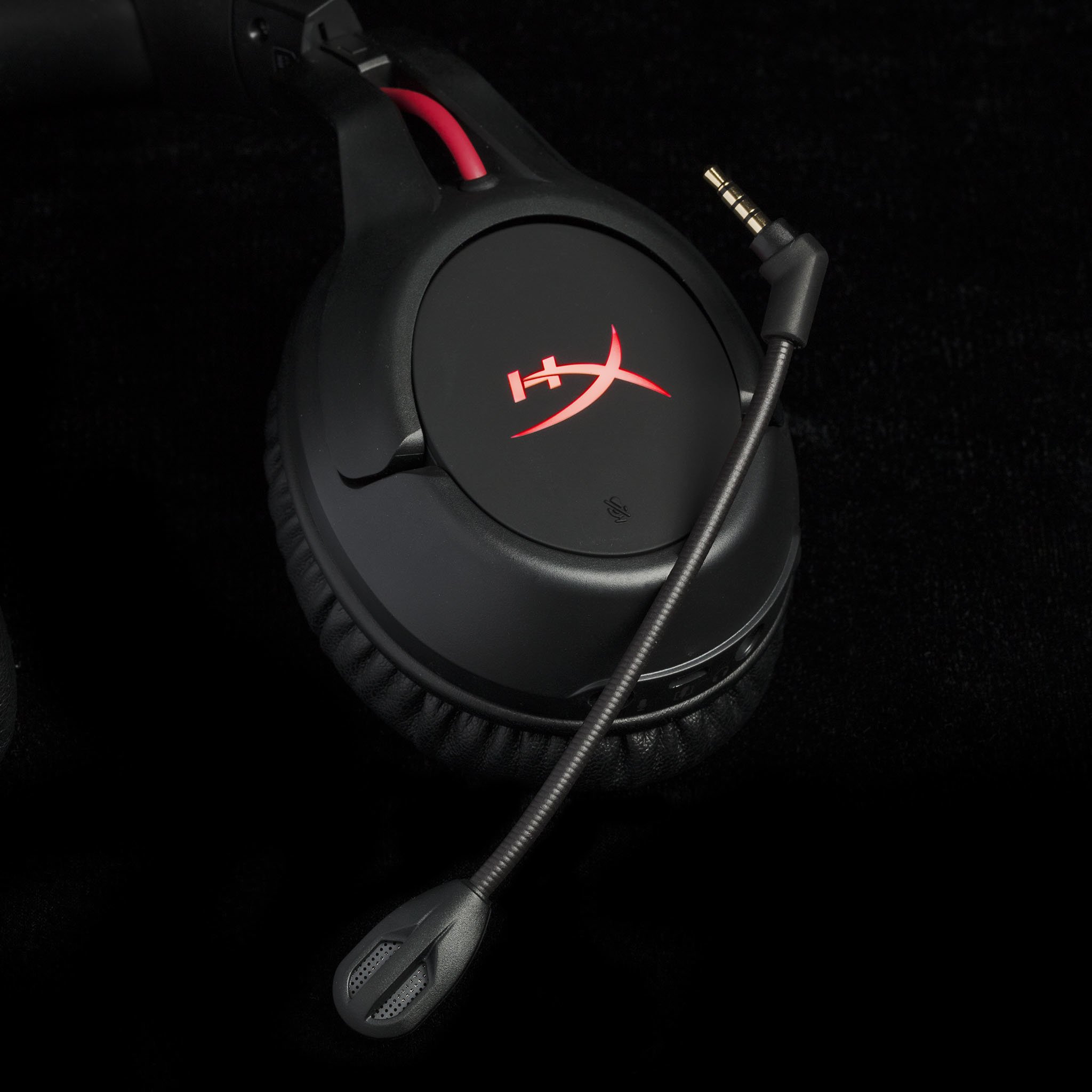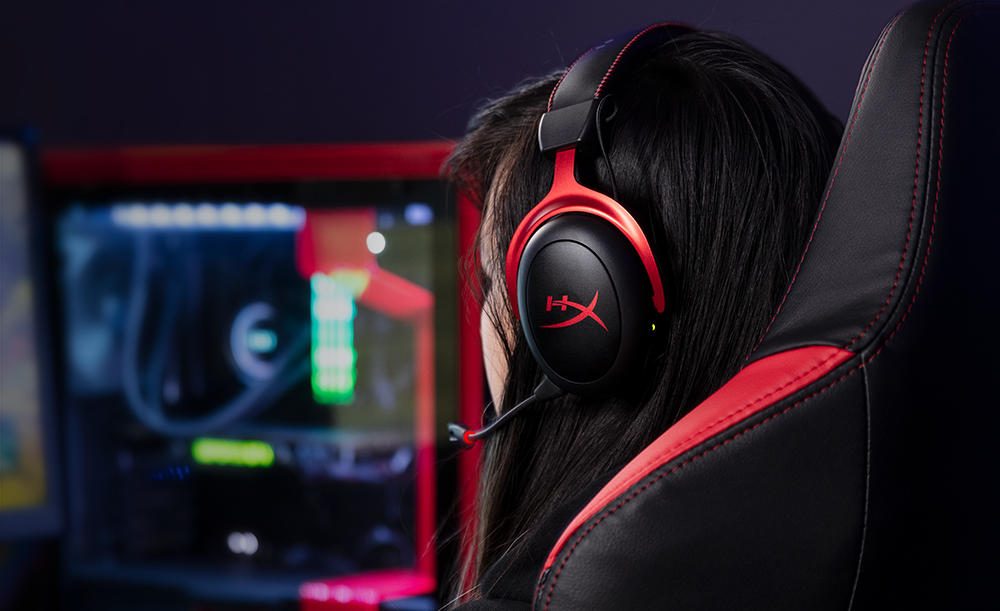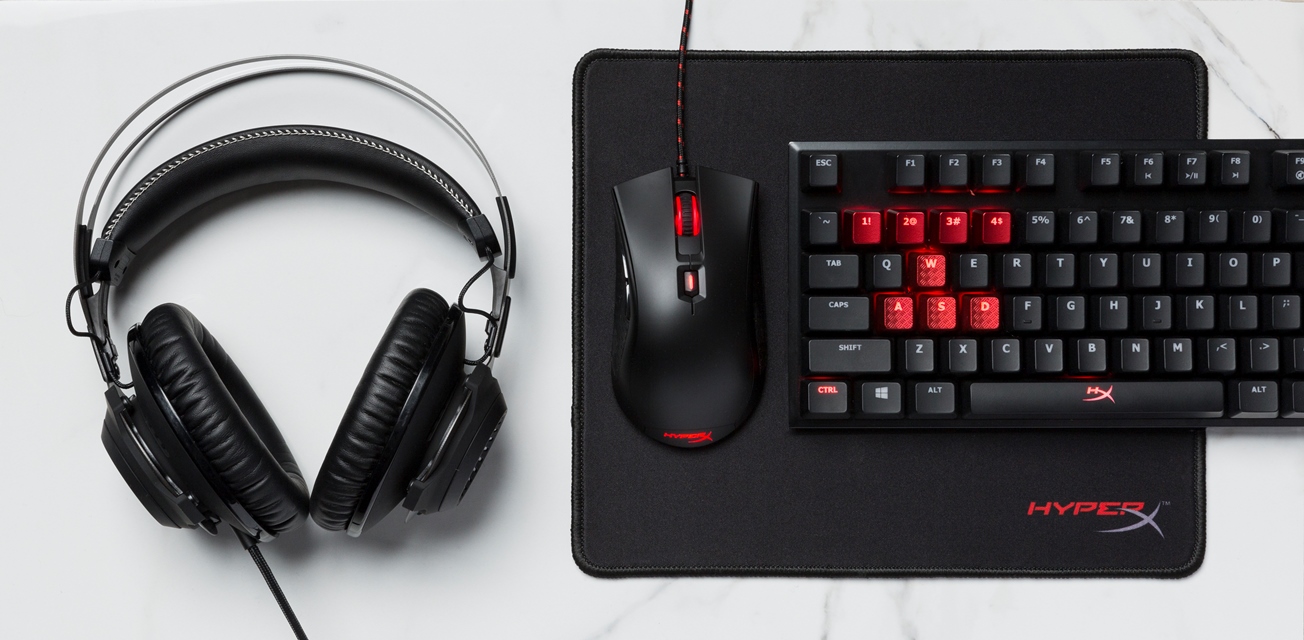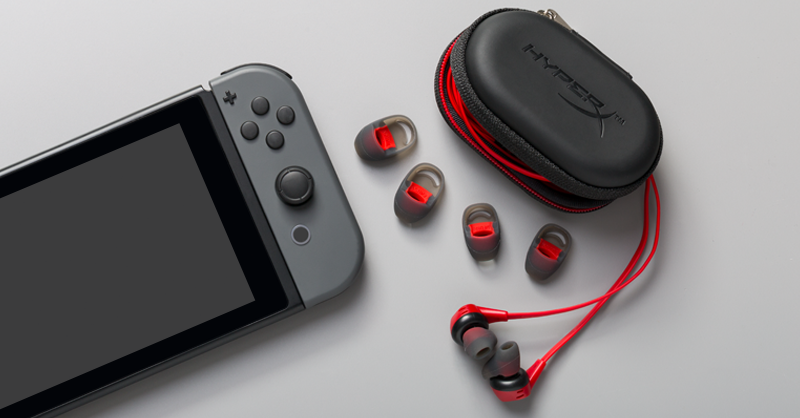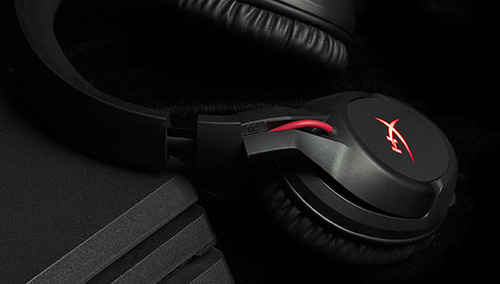
Over the last couple of years I’ve been surprised and pleased to see HyperX establish itself as a solid manufacturer for gaming accessories. We’ve reviewed products such as the Alloy FPS and Cloud Revolver S and come away impressed, so it was with keen interest I tore into the box for HyperX’s latest wireless headset, the HyperX Cloud Flight. Officially in stores this Friday (9 February) at a price-point of AU $229, the headset sits in the mid-range of wireless headsets, but offers some premium features.
First-up the specs. The Cloud Flight uses two huge 50mm drivers, and operates over wireless using a 2.4 Ghz connection to its included USB tether, which is compatible with PC and PS4. If you’d rather use the headset on another console, it also comes with a standard 3.5mm jack and cable to traditionally connect with devices such as your Xbox One or mobile phone. On the bottom of the headset’s cups you’ll find a port for its flexible and removable microphone, a micro-USB charging port and a pleasingly toggly volume dial, while pressing in on the left cup itself will mute the microphone.
The headset itself is solid plastic with little metal, but it doesn’t feel cheap or ‘clacky’ as some headsets can. The inside of the headband is lined with a leather-ish cushion material, as are the ear-cups which make for a comfortable seal and overall fit on the head. Indeed, it’s one of the most comfortable wireless headsets I’ve tested. That all said, the design itself is rather plain and unremarkable, save for a streak of red wire on each side and the lit HX logos.
Yes, most notably to the passing observer, the Cloud Flight also features lighting, although it’s only in the brand’s signature red colour. The LED’s in the ear-cups can remain on, breathe in a relatively quick breathing pattern or be switched off completely – offering some, but not a great deal of customisation, and certainly not as much as some more expensive headsets with RGB lighting. The effect is nice, although ultimately pointless if you’re gaming alone and not at a tournament or with some mates. It actually makes sense to leave the feature off, so that it doesn’t interfere with what is the headset’s greatest feature.
The HyperX Cloud Flight boasts up to 30 hours of wireless use, provided the LED’s aren’t on, which is a pretty staggering number. With LED’s in breathing mode, you’ll get 18 hours, and with them on perpetually, you’ll get 13 hours. In the week I’ve had the headset, using it every night and mixing up when the LEDs were activated, I’ve yet to have to charge it beyond its initial out-of-the-box top-up. On the battery performance alone, it’s a strong candidate if you find yourself irritated with the number of peripherals you have to charge up frequently.
But how does it perform? Well, like the headset’s construction itself, the answer is solid. As I was reviewing Dissidia Final Fantasy NT over the past week, that was initially my go-to game to test, with its big impacts, thumping orchestral and techno tracks delivered with admirable oomph from the Cloud Flight. Switching to an FPS like Prey is a dangerous affair, with the sound big enough to deliver crisp and impactful gunfire, yet the constant jump-scares from the Morph critters are powerful enough to make you morph the colour of your underwear. In games with more retro soundtracks, like Undertale, the sound and music was crisp and well-balanced.
I was interested to see how this stereo headset would compete with surround headphones with the help of the PlayStation VR’s 3D audio and the Xbox One’s Dolby Access software. Loading up Farpoint I was surprised by how decent the positional audio was when tracking spider monsters, and how easily the headset fit with the PSVR’s design, although the sound stage was not as big as surround headsets I’ve tested on PC. It’s definitely a viable headset to pair with a PS VR. On Xbox One, Dolby Access also does a pretty decent job of transforming the sound into something larger, working wonders in Assassin’s Creed Origins.
Hitting up Spotify on my iPhone, music was crisp and clean, although not as bassy or powerful as other music-dedicated headphones. In a pinch, the Cloud Flight is serviceable as an out-and-about pair of general headphones, although its strengths lie in its gaming applications. It should also be noted that there is no configurability in the headset’s sound through software on PC, which other more expensive headsets do provide.
As for the microphone, it’s noise-cancelling and clear to an extent, but clearly more suited to chat rather than any further professional applications. Keeping track of whether its activated or deactivated is handled via audible beeps – of which there are quite a few different variations as code for low battery, power on/off, etc.
At its price-point, the Cloud Flight is in similar territory to the Plantronics RIG 800 HS and the Astro A20, and it certainly comes up trumps. If you splash out an extra $100, you start to get into the heavy-hitters, some of which offer features like far more customisable sound and RGB lighting, which on its own is a ‘nice-to-have’ in the Cloud Flight and generally should be left off to maximise the battery. As a solid stereo pair of wireless headphones, that offers great performance over a range of applications, from general gaming to music, Cloud Flight should fit the bill very nicely for PS4 and PC owners looking for their next headset.
- Focuses on comfort and quality, rather than flash - Solid performance across general gaming, VR and music - 30 hour battery life, when LEDs are inactive
- Design is a little plain - No surround, only 2.0 stereo, although you can get around with software


